

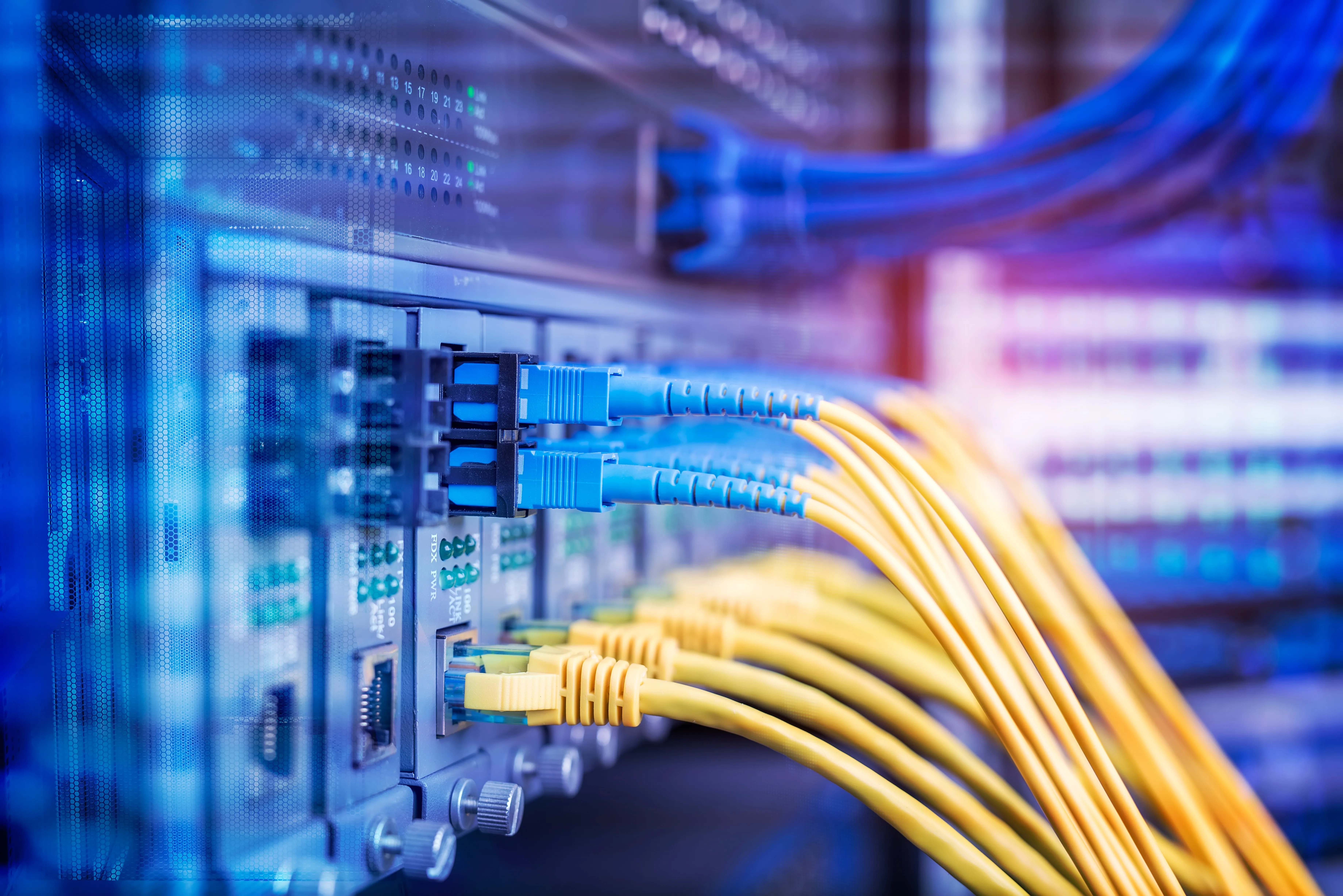

Aleigo provides Canadian businesses with reliable, cloud-based IT and communication solutions, including Managed IT, Cloud PBX, Business VoIP, IoT automation, and cybersecurity services tailored to your needs.
We support desktops, laptops, servers, IP phones, networks, firewalls, and connected IoT systems. Our cybersecurity services in Toronto and across Canada protect your business, ensure compliance, and offer expert IT advice.
Whether you need one-time support or a monthly managed IT plan, Aleigo keeps your systems secure, running smoothly, and ready for business.
We help Canadian businesses stay secure while training your team to prevent cyber threats. Our services include:
- Cybersecurity Assessments and AuditsLet Aleigo handle your IT so you can focus on your business. Our managed services for Canadian SMBs include:
- Fully Managed IT Services
Keep your people, data, and property safe with Aleigo’s security systems. We combine digital and physical security for complete protection using top vendors like Hikvision, Axis, and Ubiquiti:
- Video Surveillance and Remote Monitoring


Boost your business technology with Aleigo’s solutions. We offer Cloud PBX, Business VoIP, Managed IT support, cyber and physical security services, and IoT automation. Our custom solutions ensure smooth communication, strong data protection, and scalable infrastructure for reliable performance and long-term value.
Since 2000, Aleigo has grown into a full-service Canadian technology partner. We provide VoIP phone systems, Managed IT, Cloud PBX, cybersecurity, and IoT automation—trusted by businesses across Canada for reliability, uptime, and fast support.
We use the latest cloud and SaaS technologies to reduce costly on-site hardware and improve system performance. Our IT and cloud services include Microsoft 365, Azure, Google Workspace, AWS, and more, customized to your business needs.
Aleigo also delivers complete IT services, including cybersecurity, endpoint management, IP camera systems, alarm monitoring, and IoT PLC automation. Our mission is to make technology simple, secure, and scalable, keeping your business protected, productive, and ready to grow.
Company Overview:
Founded: 2000
Services: Aleigo provides Cloud VoIP, Cloud PBX, Managed IT, Cybersecurity, Cloud IT, Video Surveillance, Alarm Monitoring, and Industrial IoT Automation for Canadian businesses.
Approach: We reduce costly hardware with cloud solutions, offer competitive pricing through our vendor network, and deliver reliable, secure, and scalable technology.
Mission: Aleigo helps businesses across Canada improve productivity, protect operations, and grow with dependable, secure, and agile technology solutions.
Head Office
12-16715 Yonge St,
Unit 162
Newmarket, ON, L3X 1X4
Mon - Fri
09:00am - 05:00pm
Eastern and Pacific
Excluding Holidays
engage@aleigo.net
Toronto +1 (416) 492-6022
Vancouver +1 (778) 244-7704
Montreal +1 (514) 548-5480
Toll Free +1 (855) 772-4977







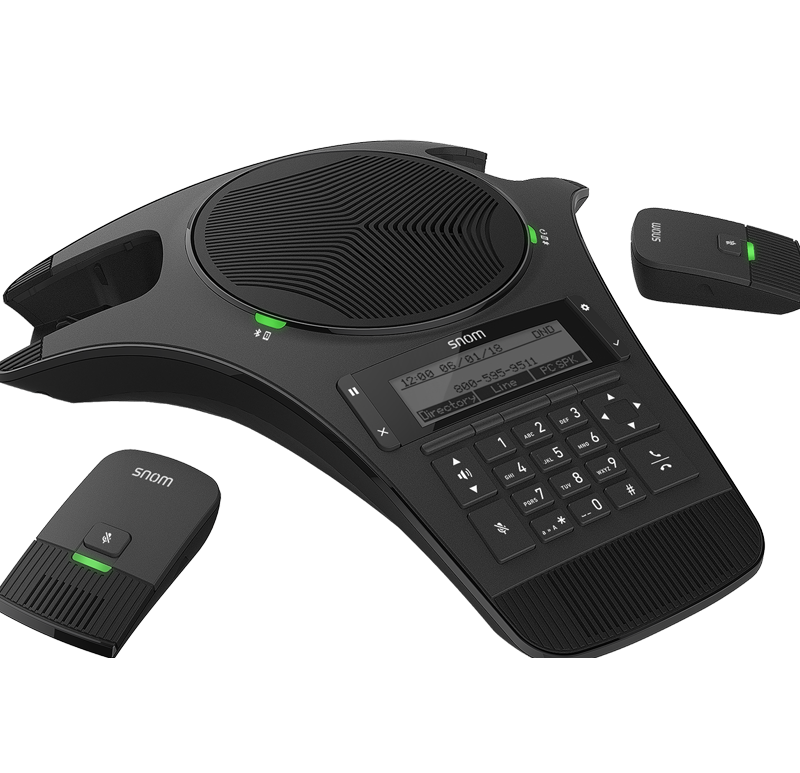


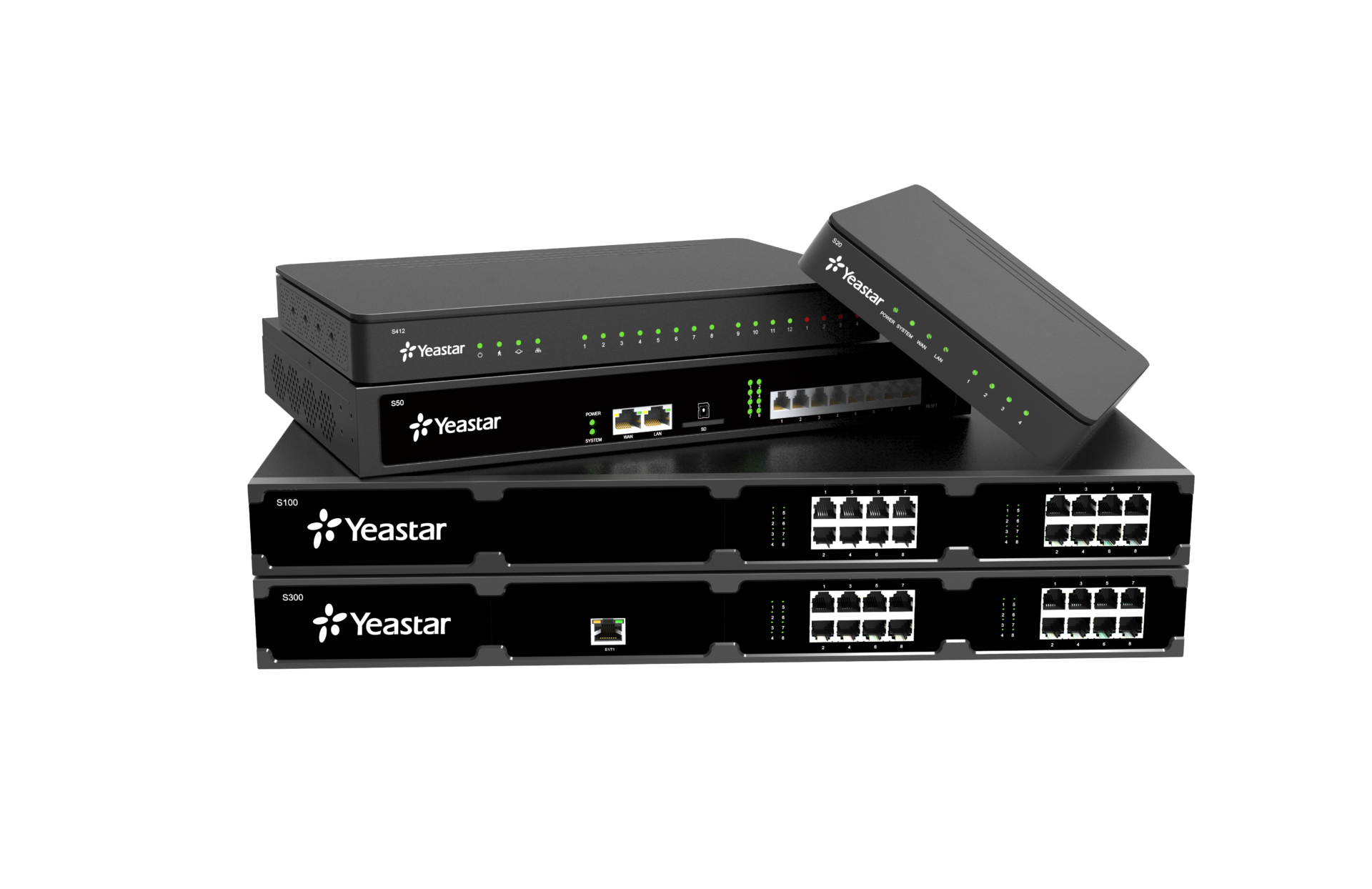
Contact Aleigo today at 1-855-772-4977 to discover how our Canadian VoIP solutions can enhance your business communication. Whether you're in Toronto, Vancouver, Montreal, or anywhere in Canada, our reliable and cost-effective VoIP services are designed to support businesses of all sizes.
You require a phone numbers to be associated to your account. Phone numbers are charged per DID .
When you sign up for service you will provide us with your main business location. We then set up your location for E911 . Please contact your account manager for limitations of the E911 service and VoIP.
Ringotel Softphone App available for iOS and Android platforms. Stay connected with your business phone service while on the go.
Ringotel for Desktop is a Windows Softphone App available for the Windows and MacOS platforms.
If you need the ability to send and receive SMS text messages using your main business phone number. Billing is based on ad-hoc usage .
We can provide International calling options if required. International calling will incur additional usage fees. International rates vary country to country and time of day. Charges will appear on your bill.
A great way to retire that old fax machine! With this service you can send and receive faxes over the Internet. Outgoing faxes can be sent either though our secure online portal or by emailing a PDF to a specific email address which will then send it in real time as a fax. All incoming faxes will get emailed to you. Includes Mailbox for Faxing .
You may be a 10 person business but want 20 incoming phone numbers. You can have as many phone numbers as you want associated to your account. Phone numbers are charged per DID .
* Monthly pricing for Premium Features are charge on a per extention basis some exclusions may apply.
* Basic Handsets included on a 3 year term.
Empower your team to work seamlessly from anywhere using Aleigo Cloud PBX. Our intuitive hosted solution integrates effortlessly with desktop VoIP phones, softphones, laptops, and smartphones. With rapid scalability, your business can easily expand to new locations or accommodate remote employees without limitations. Aleigo’s cloud telephony in Canada ensures businesses stay connected and productive from anywhere.
Enjoy superior call quality with internet-based telephony that outperforms traditional phone systems. Aleigo Cloud PBX is built for reliability, featuring failover systems, interconnected data centers, and power backup. With VoIP security and compliance at the core, your operations remain uninterrupted and secure.
Aleigo’s subscription-based model offers flat-rate plans with unlimited calls, significantly reducing costs. Maintenance is worry-free, as comprehensive support is included in your monthly fee, delivering ongoing savings and simplicity. Our affordable VoIP for businesses guarantees cost-effectiveness without compromising quality.
Simplify your real estate communications. Instantly connect with clients via text messages using our business VoIP solutions tailored for efficiency.
Initiate sales calls to introduce promotions and special offers to drive sales. Use features like call forwarding, IVR, and cold transfers for seamless inbound and outbound communication.
Reach prospective students, provide admission information, and answer queries with our 24x7 VoIP support Canada service line for students and staff.
Don’t let any call go unanswered. Features like call routing and IVR ensure a professional communication experience with unified communications platforms.
Enable seamless connectivity across job sites, offices, and remote teams for improved efficiency with scalable VoIP systems.
Connect patients to the right agent and create personalized patient experiences with advanced phone system features and VoIP for remote teams.
Reliable, scalable communication connecting stores, warehouses, and support teams to deliver exceptional customer service with hosted PBX in Canada.
Enhance food service establishments with call queuing and custom hold messaging to improve the guest experience.


Cybersecurity is a critical component of business continuity in today’s connected world. As cyber threats grow more sophisticated, organizations—especially small and medium-sized businesses—face increasing risks to their data, operations, and reputation. Without the right protection, a single breach can lead to financial loss, regulatory penalties, and irreversible damage to customer trust. Aleigo provides managed cybersecurity services and cyber risk consulting tailored for Canadian businesses of all sizes. Our solutions include next-generation firewalls, endpoint threat detection, network monitoring, incident response, employee security awareness training, and policy development. These proactive measures help ensure confidentiality, integrity, and availability across your systems—fortifying your business against both targeted attacks and opportunistic threats. From our base in Toronto, Aleigo’s cybersecurity experts help organizations build secure infrastructures that scale with growth. Our approach combines technical expertise with strategic planning to reduce exposure, support compliance, and safeguard digital operations.
In Canada, the number of police-reported cybercrimes has seen a significant increase over the past several years. Between 2014 and 2021, the total number of police-reported cybercrimes increased by more than 3.5 times, reaching approximately 70,000 cases in 2021.
Furthermore, a 2023 study revealed that 81% of Canadian organizations experienced at least 25 cybersecurity incidents in the previous 12 months. Globally, the threat landscape is similarly alarming.
Over the past decade, 490 major cyber incidents have been documented, including attacks on government agencies, defense contractors, high-tech companies, and economic crimes causing losses exceeding one million dollars.
Recent high-profile events emphasize the growing urgency: In July 2025, Ingram Micro—a leading global IT distributor—fell victim to a ransomware attack that disrupted critical internal systems and supply chains worldwide. Similarly, several water utilities in Texas suffered cyberattacks targeting their phone systems and business networks, highlighting vulnerabilities in essential infrastructure and raising concerns about operational resilience.
The increasing frequency, sophistication, and impact of such cyber incidents underscore the critical need for robust, proactive cybersecurity measures. It is important to note that these figures represent only reported incidents; the actual number of cyberattacks is likely much higher.

In today’s rapidly evolving cyber threat landscape, timely detection and response are critical to minimizing damage and downtime. Aleigo’s Cyber Incident Response Services provide end-to-end support to swiftly identify, contain, and remediate cybersecurity incidents—helping your business recover securely and maintain operational continuity.
Being proactive is essential to staying ahead of increasingly sophisticated cyber threats. Aleigo’s Proactive Threat Monitoring combines continuous security operations with advanced analytics to detect and neutralize risks before they impact your business.
Modern cyber threats demand adaptive, intelligent network security that goes beyond traditional defenses. Aleigo’s NextGen Network Security Solutions leverage advanced technologies to secure your network infrastructure, ensuring business continuity and resilience.
Your digital assets are among your most valuable business resources, and protecting them from unauthorized access is essential. Aleigo’s Identity and Access Management (IAM) solutions enforce strict access controls while streamlining operational efficiency.


Our certified cloud experts bring years of focused experience in public cloud platforms. We understand the unique challenges you face and speak your language, enabling us to deliver tailored cloud solutions that drive business value.
Successful cloud adoption requires aligning technology initiatives with your business goals—a complex process involving multiple stages that impact costs and operational efficiency. As cloud environments grow, optimizing resources and managing expenses become critical. Ignoring financial oversight during migrations can lead to unforeseen costs when justifying cloud investments. With over eight years of experience, Aleigo guides organizations through this journey, ensuring measurable ROI. Our expertise spans AWS, Microsoft Azure, and Google Cloud Platform, incorporating DevOps best practices and comprehensive cloud security to seamlessly support your business objectives.
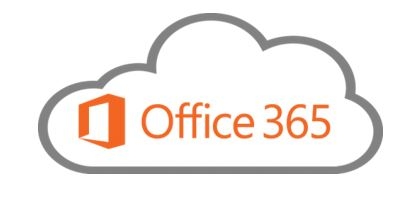




Microsoft 365 Business Voice is a cloud-based telephony solution that seamlessly integrates with Office 365, enhancing communication through Microsoft Teams. Whether using a desktop, mobile device, or desk phone, users experience a unified, reliable, and feature-rich calling experience.
Microsoft 365 Business Voice modernizes communication by replacing traditional phone systems with an advanced VoIP solution. Integrated within Microsoft Teams, it consolidates calling, chat, and meetings into a single, intuitive platform. With Direct Routing and Aleigo Cloud PBX, it extends Teams' calling capabilities beyond its standard features.
Stay connected and collaborate effortlessly with Office 365 and Microsoft 365’s cloud-based productivity suite. Access Word, Excel, and PowerPoint within Teams meetings, synchronize contacts and calendars between Teams and Outlook, and manage business communications from anywhere.
*Pricing based on 12 month subscription, Teams Phone License and Direct Routing Calling Plans are Included






Microsoft 365 Business Voice modernizes communication by integrating VoIP and PSTN calling directly into Microsoft Teams. This cloud telephony solution replaces traditional phone systems and offers advanced calling features, including:
With Aleigo’s Microsoft Teams Voice Solutions, businesses benefit from enhanced flexibility, cost savings, and enterprise-grade communication.
Microsoft 365 fosters efficient and secure teamwork with its integrated solutions:
Microsoft 365 ensures robust security and compliance to safeguard sensitive business data:
With Microsoft Power Platform, businesses can automate workflows, analyze data, and build custom applications:
Microsoft 365 empowers employees in any work environment—remote, hybrid, or in-office. With Teams Phone and compatible devices, users can transition effortlessly between desktop and mobile environments, ensuring productivity and connectivity from anywhere.
Our team of certified security integrators specializes in designing custom surveillance solutions tailored to your specific installation needs. We understand the unique challenges of physical security and deliver reliable, scalable systems that meet the demands of any environment—whether residential, commercial, or industrial.
Security cameras are one of the most effective ways to protect any property. Whether you manage a business, a job site, or your home, cameras help prevent theft, reduce liability, and provide clear video evidence when you need it most.
Cameras act as a strong deterrent. Burglars and vandals avoid locations where they know they’re being recorded. If something does happen, you have reliable footage that can be viewed anytime from your phone or computer—with no monthly fees required when using Hikvision or Ubiquiti systems.
Aleigo installs professional-grade Hikvision and Ubiquiti cameras that deliver sharp video, smart detection, and easy remote access. Our AI-powered options include:
Whether you're on-site or away, you can check in instantly and see exactly what’s happening.
Prefer professional monitoring? Aleigo offers 24/7 video and alarm monitoring through our trained security team. We respond to alerts, verify events, and act quickly—keeping your property protected at all hours.
Aleigo’s security integration platform makes it easy to manage cameras, alarms, and sensors in one place. Ideal for businesses, farms, multi-site operations, and off-grid locations.

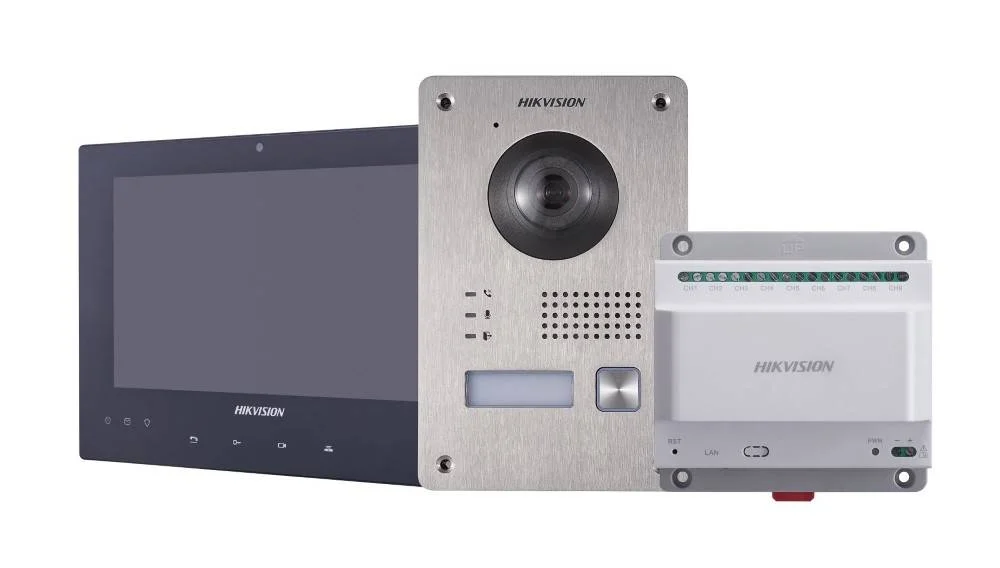
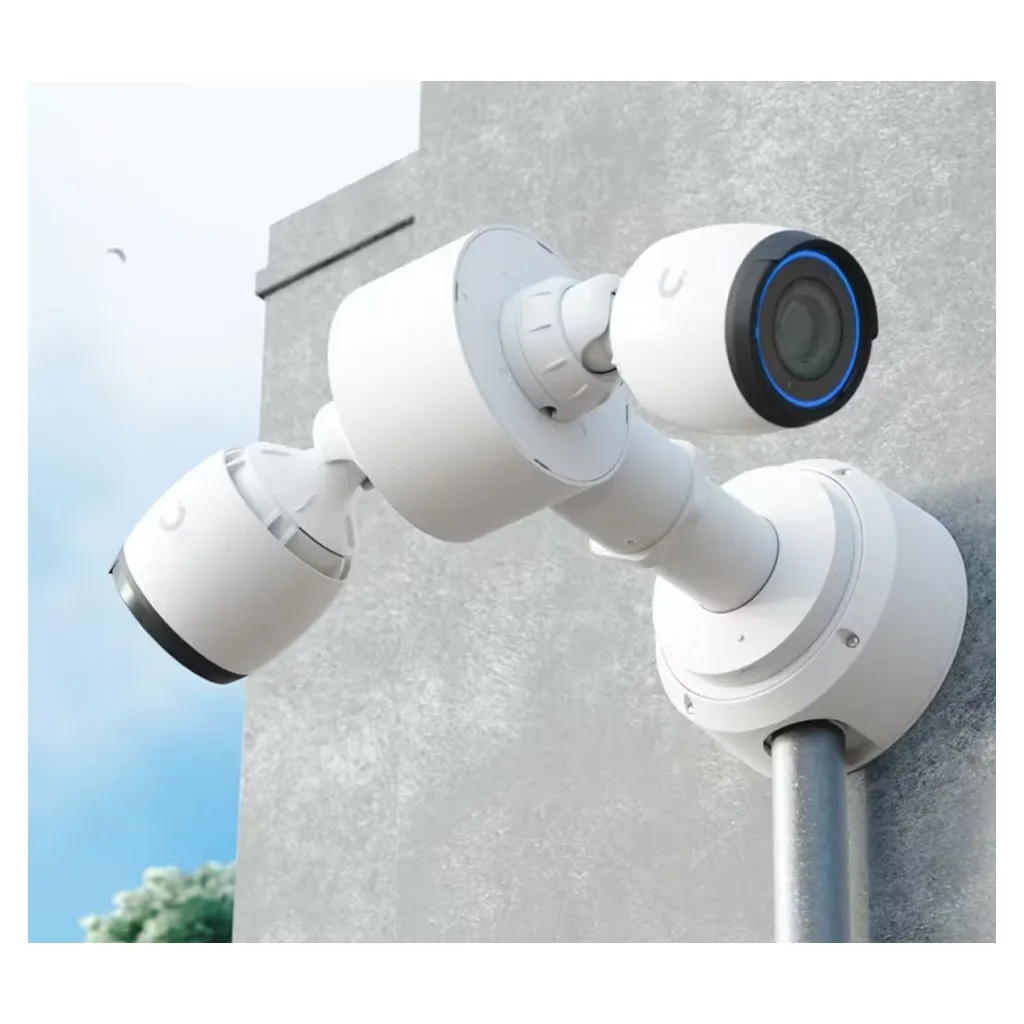
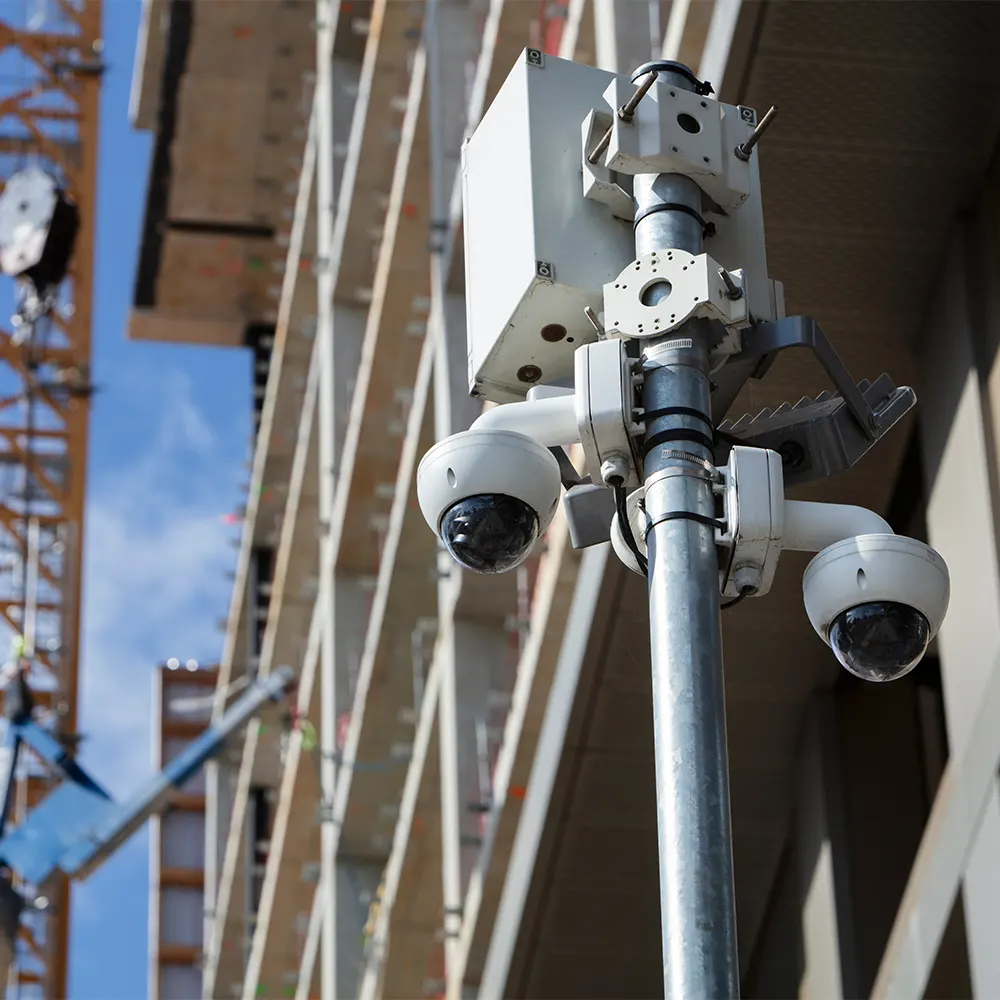
• Central Management System (CMS): Easily manage single or multi-site camera systems from one platform. Perfect for businesses, construction sites, and remote worksites that need unified control of CCTV, access control, and alarms.
• Access Control: Secure doors and gates using cards, mobile credentials, PINs, or biometrics. Supports fingerprint, facial recognition, and multi-factor authentication for staff, tenants, and contractors.
• Facial Recognition: Streamline access and improve security with advanced face-matching technology. Ideal for offices, industrial sites, and restricted areas where accurate identity verification is key.
• Thermal Cameras: Detect heat anomalies in equipment, electrical panels, and machinery before issues become failures. Useful for factories, mechanical rooms, and safety-critical environments.
• License Plate Recognition (LPR): Automate vehicle entry at gates, parking areas, and job sites. Quickly identify authorized vehicles and reduce the need for physical passes.
• Video Intercoms: See and speak with visitors in real time. Verify workers, deliveries, and guests from your phone or workstation—on-site or remotely.
• Color Night Vision (ColorVu/AI Pro): Full-color video 24/7, even in low light. Great for parking lots, building entrances, storage yards, and perimeter monitoring.
• Solar-Powered Cameras: Perfect for off-grid or temporary locations. Ideal for construction sites, rural properties, trailers, and remote worksites where power isn’t available.
• Cellular (LTE) Cameras: Cameras that run on 4G LTE networks—no internet required. Ideal for rapid deployments, rental setups, construction projects, and remote locations.
• Alarm Systems: Reliable intrusion protection for homes, businesses, and worksites. Supports off-grid power, mobile access, and integration with Ubiquiti and Hikvision systems.
• Professional Monitoring: Aleigo offers 24/7 live video and alarm monitoring. Perfect for high-risk worksites, construction projects, or any location needing constant oversight.
• Equipment Rentals: Short-term or long-term camera and alarm rentals available for construction and temporary worksites. Fast deployment with solar or LTE options.
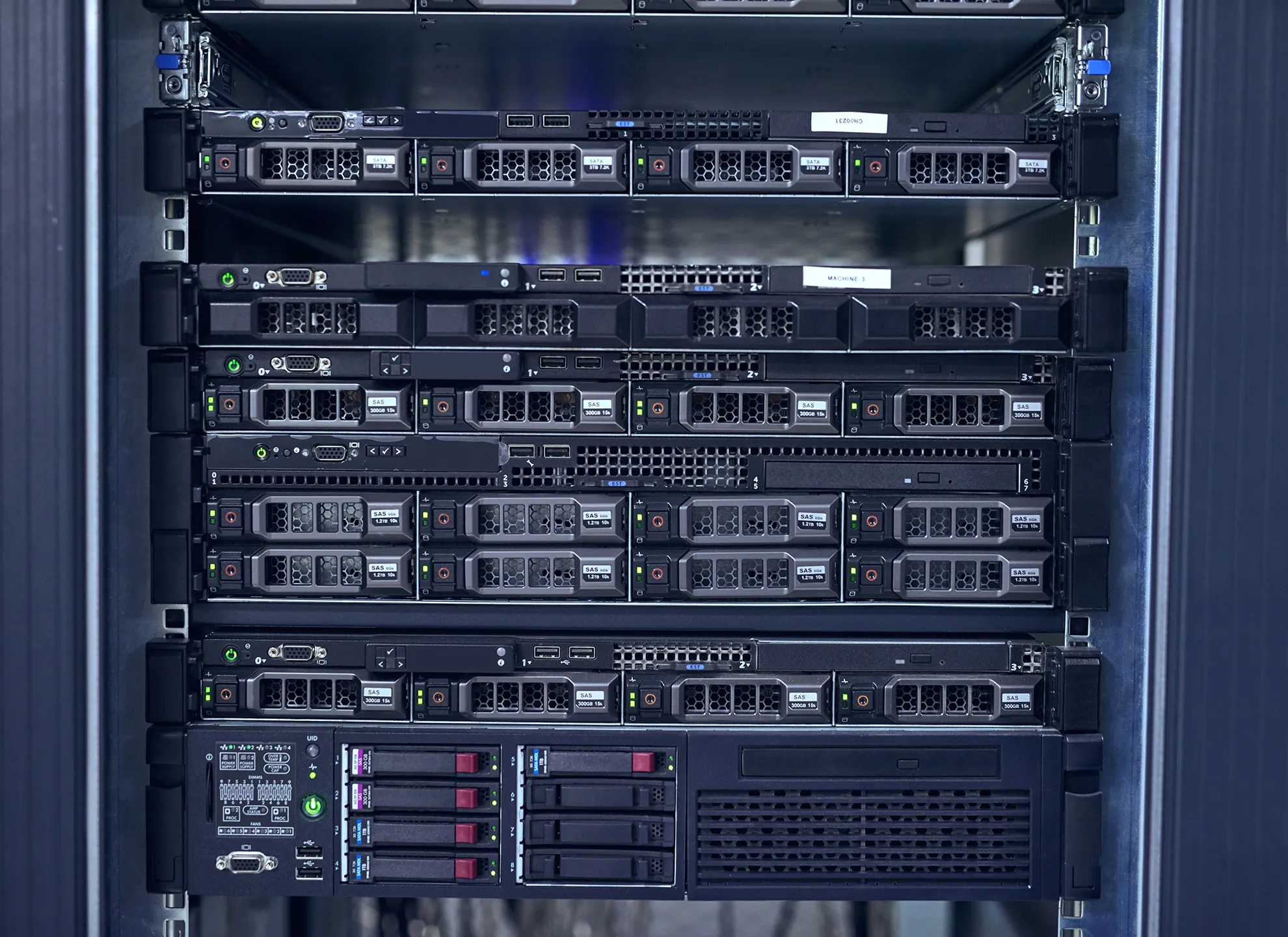
Elevate your business with Aleigo’s tailored Managed IT & Security Packages. Whether you need essential IT support or full-scale cybersecurity and VoIP solutions, our tiered packages provide the right level of service for your business. From 24/7 system monitoring and proactive maintenance to advanced threat protection and secure cloud VoIP, Aleigo ensures your technology is always optimized, secure, and aligned with your business goals. Choose the package that fits your needs and experience seamless IT, enhanced security, and expert support—all in one solution.
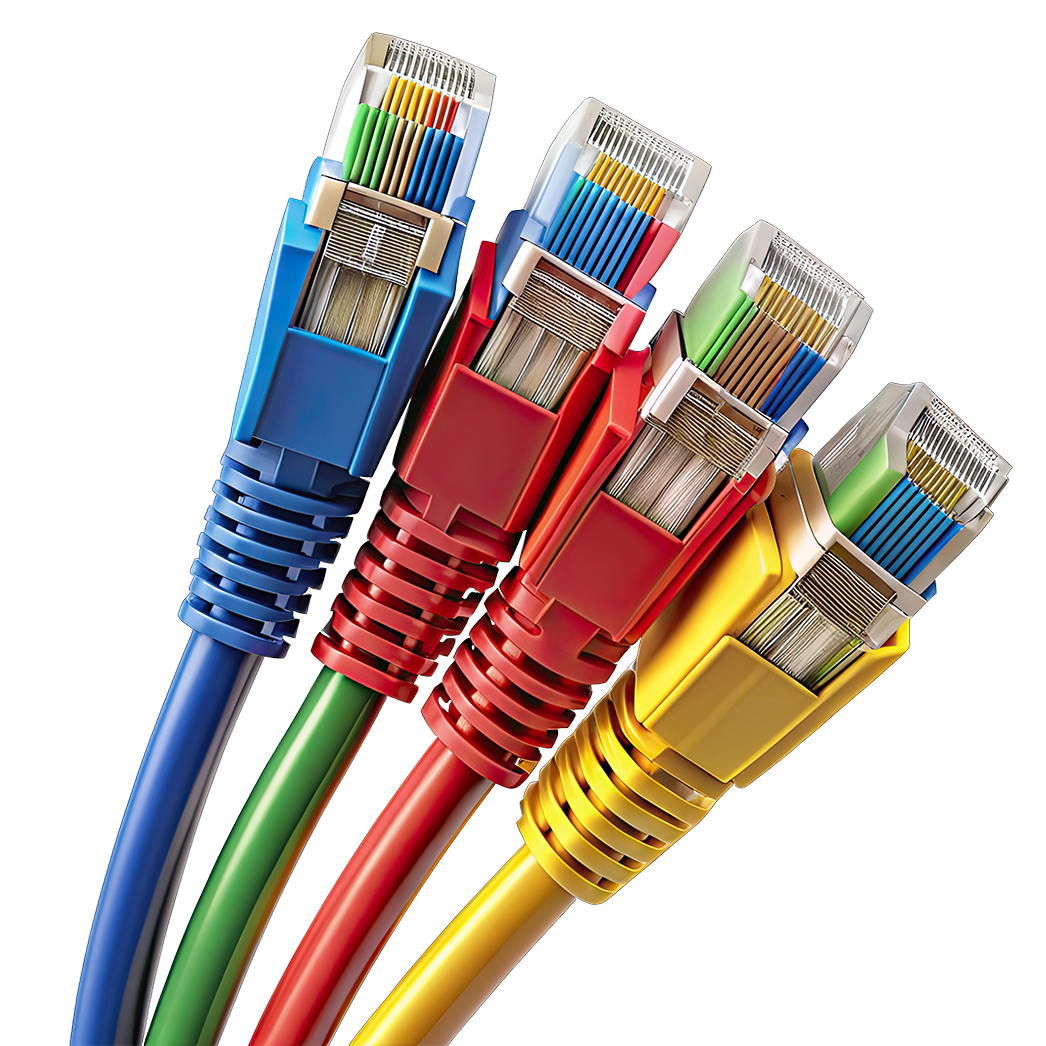
For small businesses and startups looking for foundational IT and security support.
For growing businesses that need enhanced security and IT support.
For organizations requiring full-scale, proactive IT management and security.
Expertise you can trust. At Aleigo, our highly skilled team brings the experience, vision, and technical insight required to design, manage, and implement tailored IT solutions that drive business success.
As a privately owned Canadian IT solutions provider, Aleigo is committed to delivering innovative and secure technology solutions that align with your business objectives. Our independence allows us to provide personalized service, flexible solutions, and unmatched customer support, ensuring your IT infrastructure remains secure, scalable, and future-ready.
Our certified professionals specialize in cloud computing, cybersecurity, network infrastructure, and enterprise IT management, ensuring your business remains secure, efficient, and future-ready.
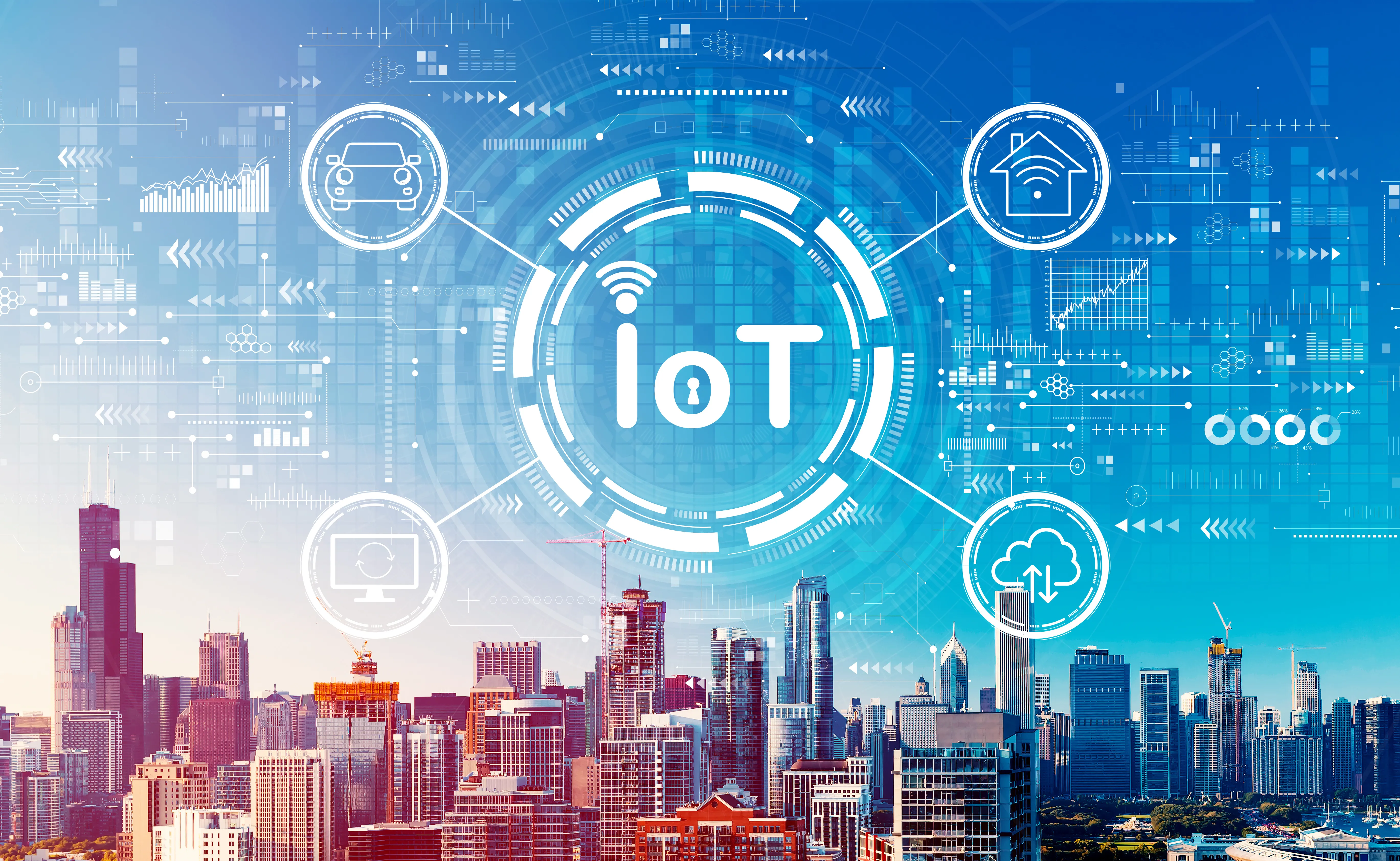
Unlocking Efficiency and Innovation: The Crucial Role of PLC Automation with IoT Intergration
At its core, the importance of PLC (Programmable Logic Controller) automation lies in its ability to revolutionize industries and businesses by enhancing efficiency, precision, and reliability. With our custom-built solutions, including integrated system design, IoT monitoring, and remote access, PLC automation reaches new heights of functionality and performance.




Reliable availability of your IT infrastructure is essential to your business success. In today’s fast-paced digital world, uninterrupted access to your systems and networks is critical to meeting your business objectives. Is your technology delivering the performance and security your organization needs?
Unlock your business’s full potential with Aleigo’s tailored Managed IT solutions. We deliver proactive IT management, enterprise-grade cybersecurity, cloud services, and VoIP integration designed to optimize performance, reduce downtime, and safeguard your data. Trust Aleigo’s expert support team to keep your technology secure, efficient, and aligned with your evolving business needs.

Maximize productivity and minimize downtime with our expert on-site and remote technology management services. Aleigo ensures seamless technology asset management and comprehensive end-user support, keeping your business operations efficient and secure.
Prevent issues before they impact your business. At Aleigo, our real-time infrastructure monitoring ensures proactive detection, rapid response, and minimized downtime to keep your IT environment running smoothly.
Secure, optimize, and future-proof your network infrastructure. At Aleigo, we specialize in the management and monitoring of Next-Generation Firewalls (NGFW) and network devices, ensuring high availability, advanced threat protection, and seamless connectivity for your business.
Our expertise includes VLAN segmentation, Quality of Service (QoS), Multi-ISP load balancing, Link Aggregation Control Protocol (LACP), Software-Defined WAN (SD-WAN), and Cloud Access Security Broker (CASB) solutions to enhance network performance and security.
Expertise you can trust. At Aleigo, our highly skilled team brings the experience, vision, and technical insight required to design, manage, and implement tailored IT solutions that drive business success.
Our certified professionals specialize in cloud computing, cybersecurity, network infrastructure, and enterprise IT management, ensuring your business remains secure, efficient, and future-ready.